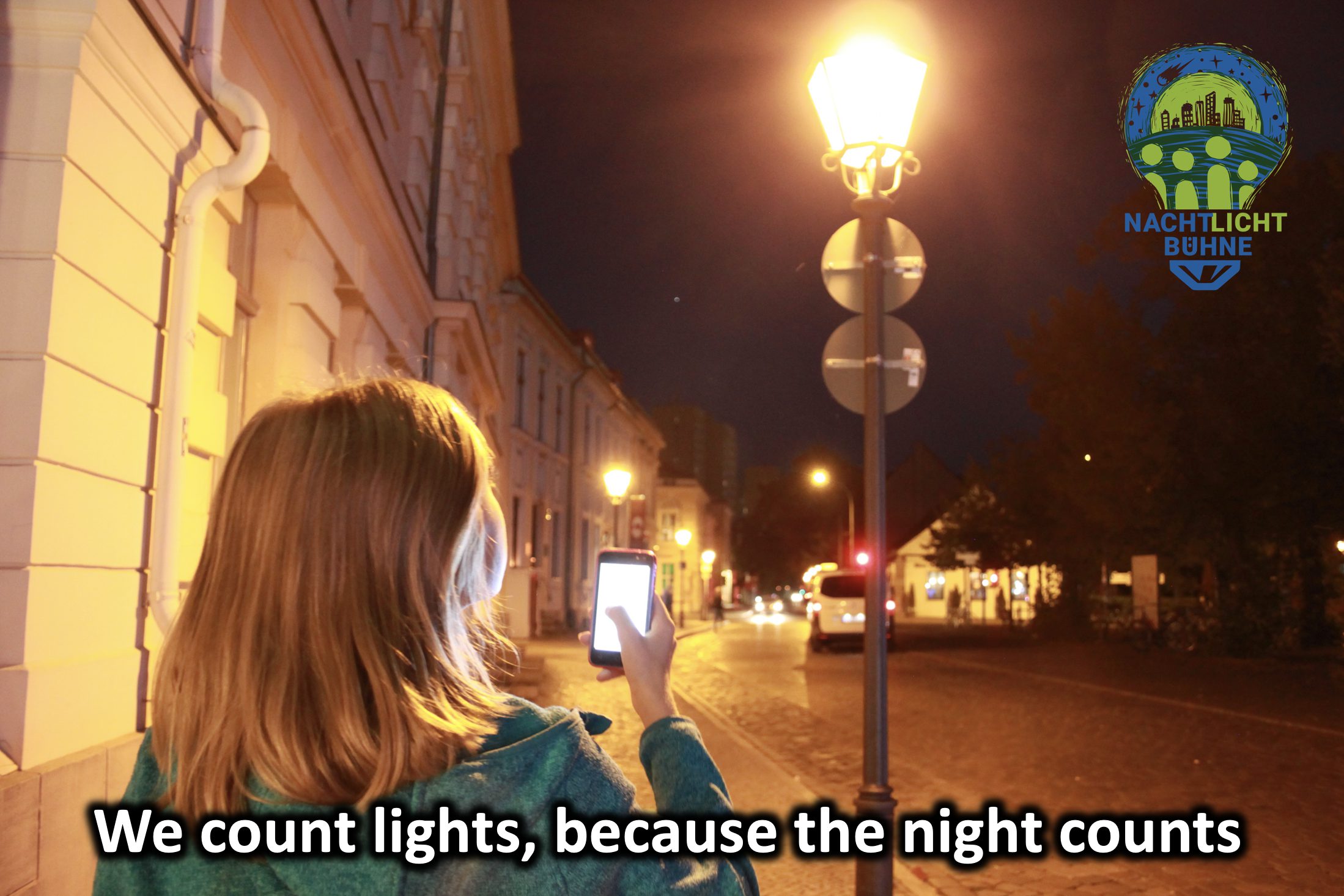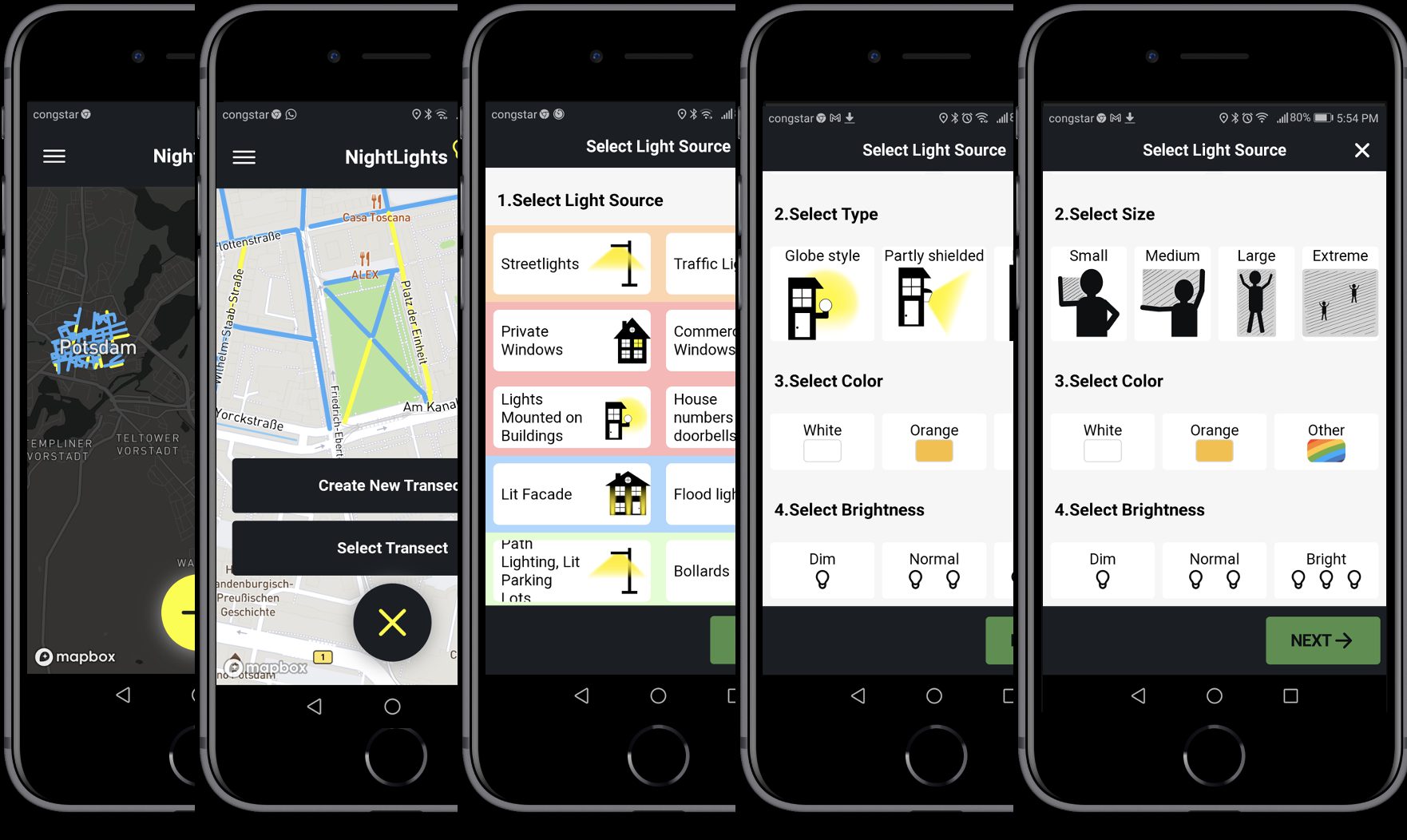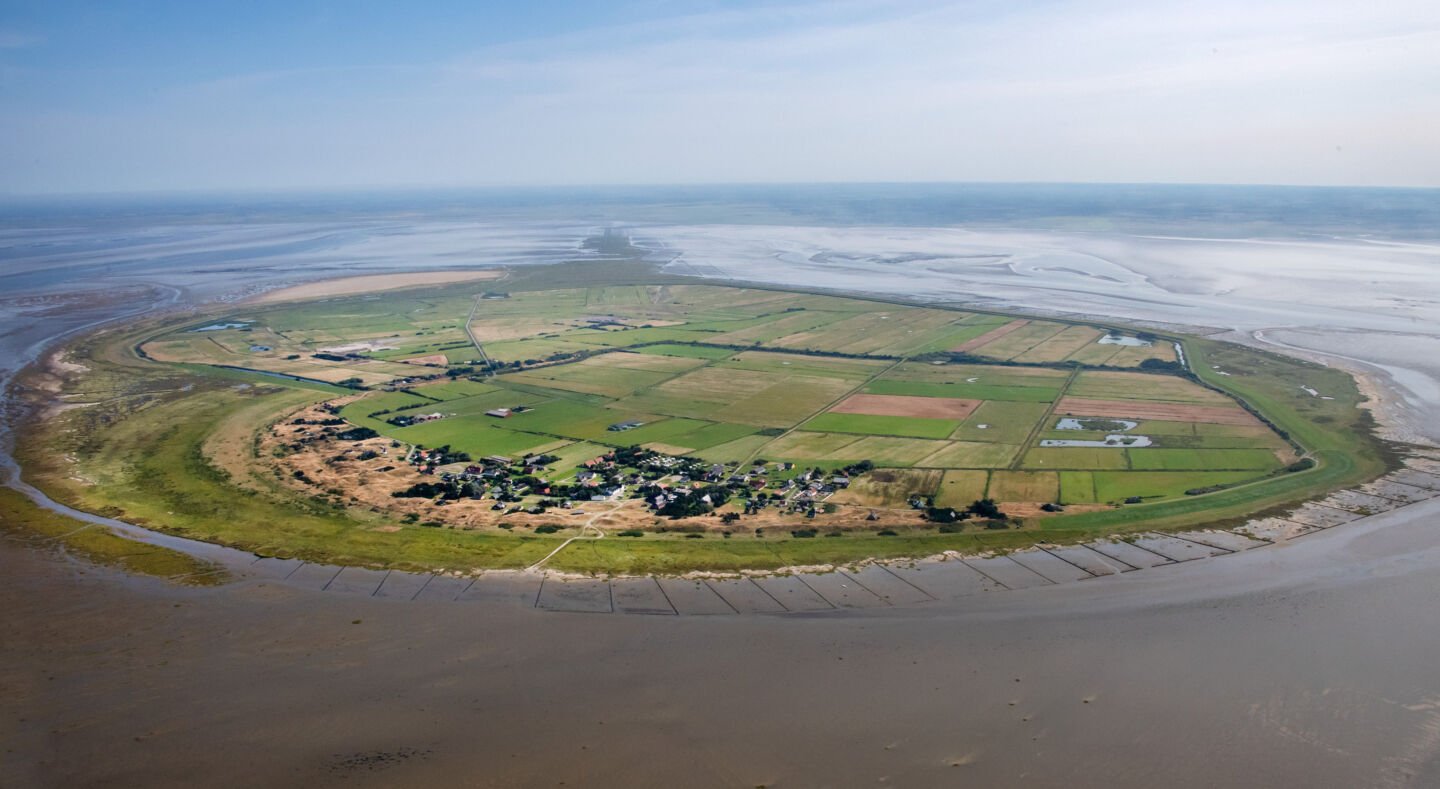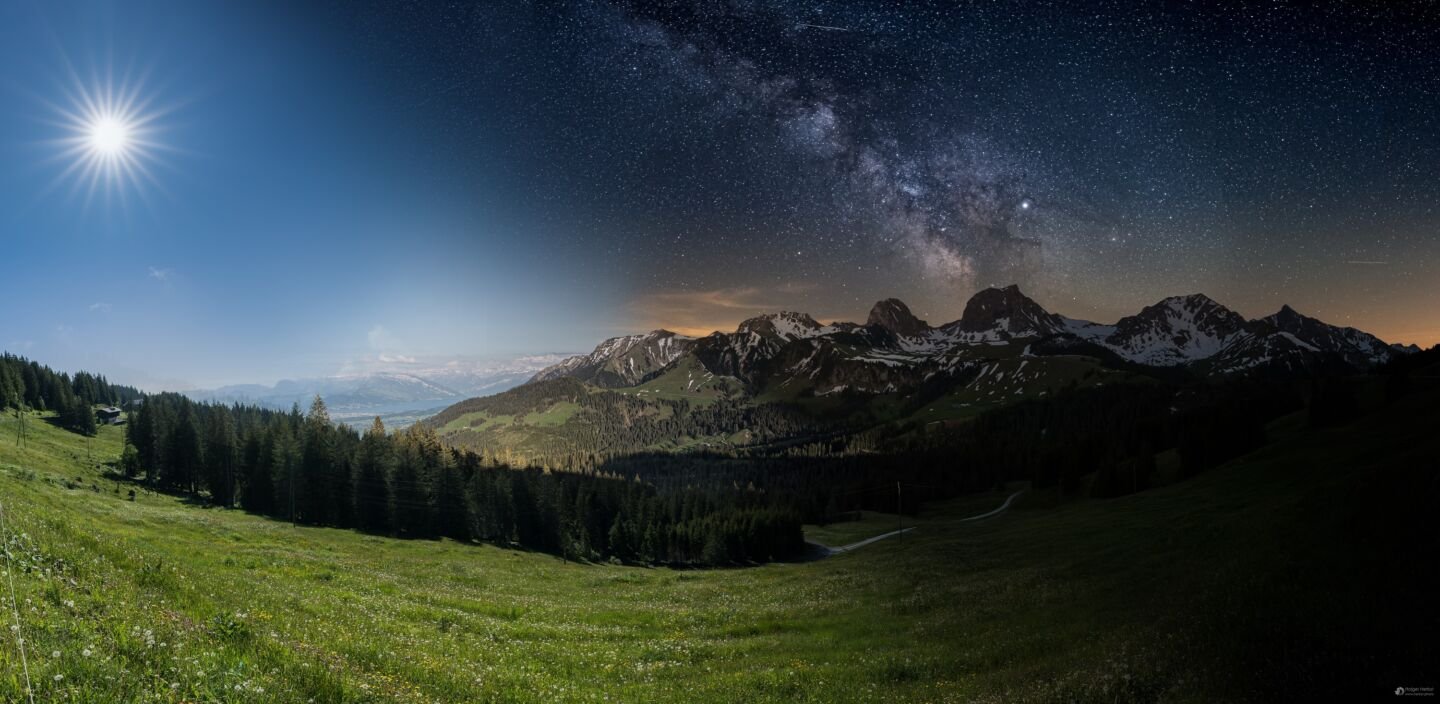
New App Aims to Better Understand Nighttime Satellite Data

A team of community scientists and researchers from the Helmholtz Centre Potsdam – GFZ German Research Centre for Geosciences have developed a new mobile app called ‘Nachtlicht’ (NightLights). The app allows participants to record various light sources and their brightness, color, and emission direction in public areas. This will enable artificial light sources on the ground to be systematically recorded on a large scale for the first time.
The app’s primary goal is to help bridge the gap between nighttime satellite data and light sources on the ground. Satellite images are great, but they don’t show us what kind of light sources are on the ground or how many there are. A standardized procedure for documenting the locations and types of light sources will also help the research team investigate differences in lighting between inner cities and rural areas.
In September and October 2021, the app will be used by numerous community science measurement campaigns. Preparations for Nachtlicht campaigns are underway in several locations across Germany. In addition, groups in Spain, Ireland, Canada, and Italy are also participating in the community science project. However, anyone who wants to join in is welcome at any time. The researchers simply ask that you complete a short online training course to ensure data quality and then install the Nachtlichter app on your phone. If you’re interested in covering a larger area or one not currently listed, please contact the project leads (Christopher Kyba and Nona Schulte-Römer). They will work together with you to define a set of transects that match the position of a satellite pixel.

After the campaigns, GFZ scientists will evaluate the collected data, compare it with satellite data of the measuring areas, and publish the campaigns’ data, findings, and experiences in openly accessible venues in collaboration with the core project participants that developed the app. The end result of these campaigns will provide unprecedented and comprehensive data about privately-owned lighting.
In addition to providing more information about the true nature of the presence of artificial lighting where we live, work, and play, the researchers have also identified a social outcome from the project. By including local residents and stakeholders in these campaigns, communities can delve deeper into the conversation about sustainable lighting. The training goes into detail about various and technical aspects of what constitutes outdoor lighting. Examples include the placement, height, light distribution, shielding, size, intensity/brightness, and color of a fixture. All of these components help determine if a light is useful, targeted, and appropriate for the intended task — essentially a real-world approach to identifying the Five Principles of Responsible Outdoor Lighting.
This program is a win-win for both science and communities who wish to ground-truth a new side of lighting previously hidden. We can’t wait to see the results!
For more information on Nachtlict, go here.



















